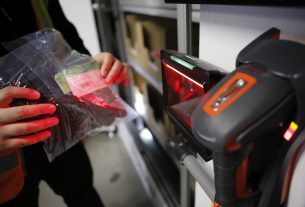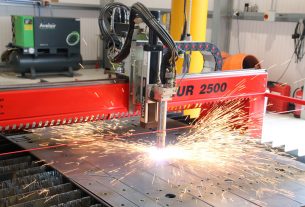Using air conditioners to stay cool accounts for nearly 20% of the total electricity used in buildings around the world today. Rising demand for cooling is also putting enormous strain on electricity systems in many countries, as well as driving up emissions.
While on one hand climate change strikes and Summers are hotter than ever, the demand for air conditioning rises.
Are there any alternatives to traditional air conditioning that can be sustainable for the planet and still effective for users? One great alternative to air conditioning can be found in evaporative cooling.
What is evaporative cooling? How does it work?
Evaporative cooling is an ancient technology, that was used by Romans and Egyptians. They placed wet cloths or blankets in the doorway, so that when hot air passed through the cloth, cold air was produced and entered the building. Evaporative cooling is technically the conversion of liquid water into vapour using the thermal energy in the air, resulting in a lower air temperature.
Modern evaporative coolers are based on this simple principle. They are typically installed in the roof or on the side of a building and work using only water and electricity.
A motor pumps hot outside air through water-soaked cellulose pads.
As the air blows through the pads, the water is evaporated and the heat in the air is absorbed: this lowers the air temperature. A fan then pushes the cool air through a ducting system, which lets the cool air inside the whole building.
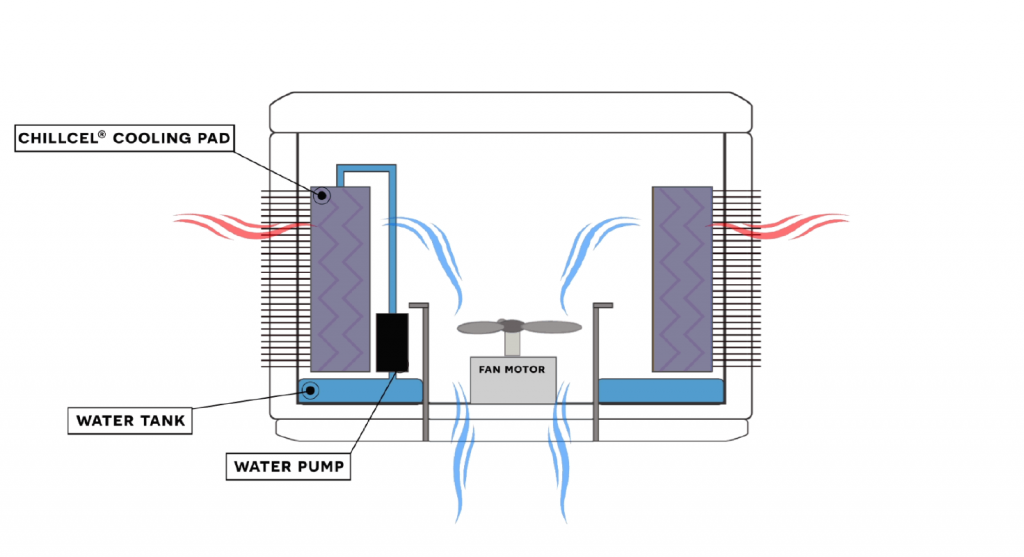
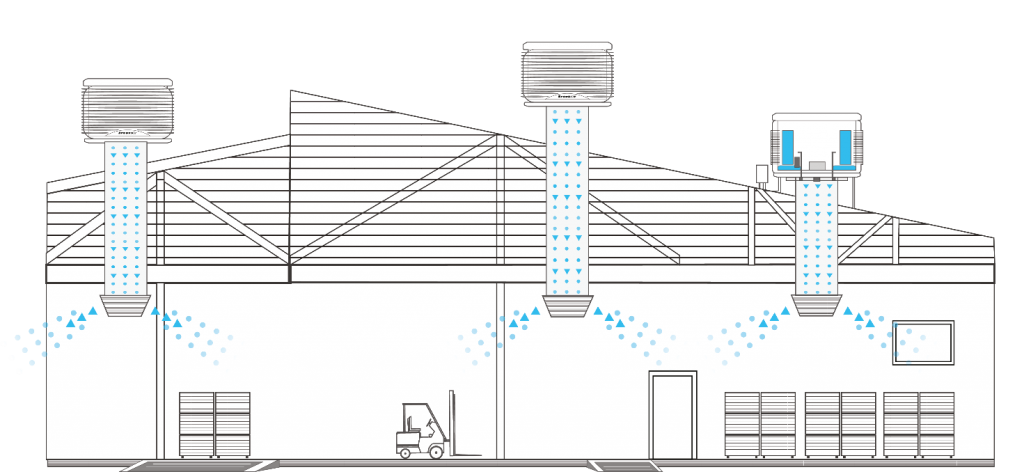
What are its advantages and drawbacks over traditional air conditioning?
First, running costs of evaporative coolers are fairly low, as these units only need water and electricity to run. In a location like Birmingham, running costs are reduced up to 84%, if we consider a comparison with a refrigerated A/C unit.
That all adds up to very responsible environmental and energy saving characteristics. In the same city, adopting an evaporative cooler can reduce up to 87% carbon emissions.
Moreover, the air inside the building is never recirculated, as evaporative coolers only draw 100% fresh air from outside. Stale air needs to be extracted by means of extract fans or keeping doors and windows open. For this reason, evaporative cooling can be a great solution to improve indoor air quality, for example in production areas where fumes and germs are involved.
Better indoor air quality leads to improvement of staff wellbeing, morale and productivity.
The performance of an evaporative cooler depends on outside temperature and relative humidity so it’s difficult to guarantee a specific indoor temperature set point at all times. For this reason, evaporative coolers are often adopted in commercial or industrial spaces, where comfort cooling is acceptable.
It is very interesting to note that no matter how hot it gets outside, evaporative coolers use the same amount of power and still deliver 100% fresh, cool air inside. This is in direct contrast to refrigerated systems, which require increasing amounts of power as outside temperatures rise. Evaporative coolers’ COP and cooling capacity actually increase, when the temperature rises.
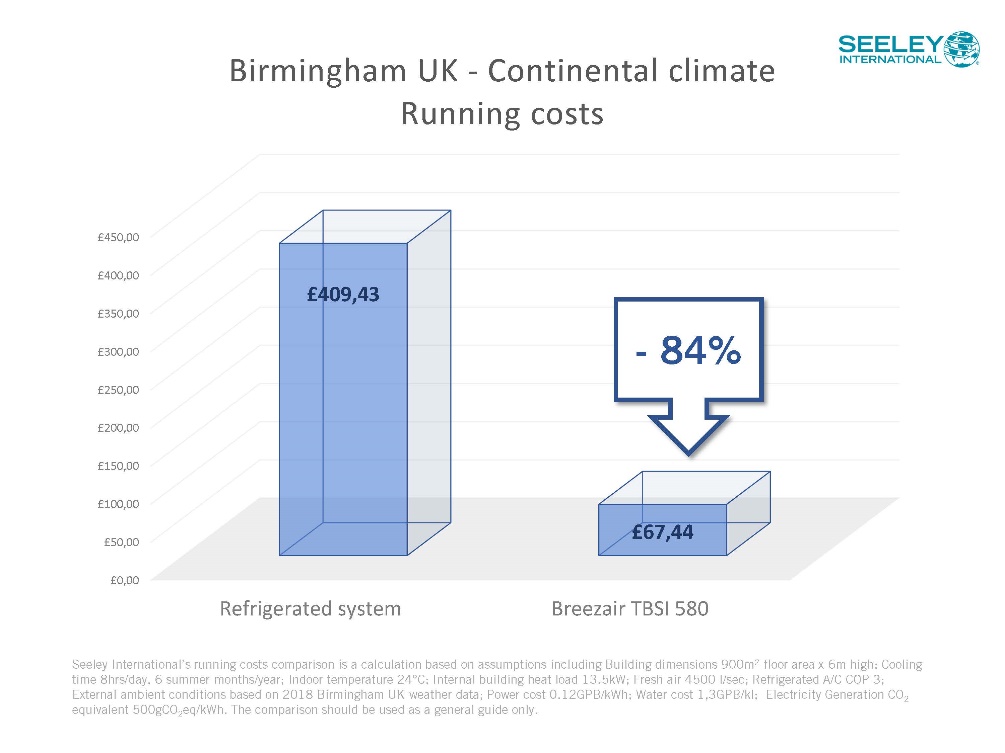

How popular is this technology?
Evaporative cooling is fast becoming the most efficient option when cooling large spaces, specifically industrial and commercial spaces that often have no cooling systems installed.
Easy to install and maintain and significantly cost-effective, these units are becoming incredibly popular all over the world, including the United Kingdom. Many companies have already decided to install Seeley International’s evaporative coolers. Amongst most famous brands we can name Decathlon, McDonald’s, Heineken, Kellogg’s, Lamborghini, Audi and Nifco.
For more information, please contact uksales@seeleyinternational.com or visit www.seeleyinternational.com


